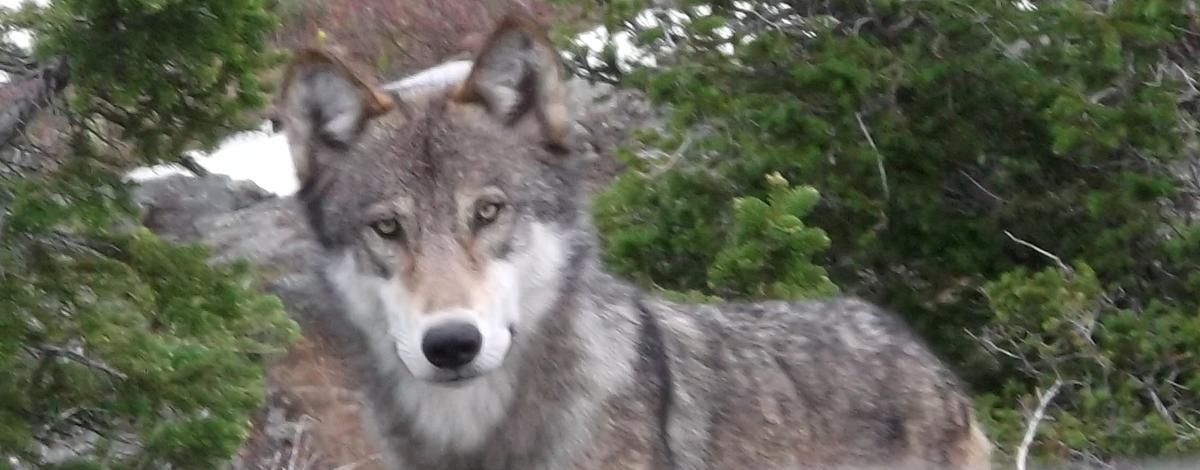Idaho’s 2022 population estimate of 1,337 wolves declined by about 13%, or 206 wolves, compared with the 2021 estimate based on cameras surveys that measure the population during summer near its annual peak.
“Wolf population reduction has been a priority of the Fish and Game Commission,” Idaho Fish and Game Director Ed Schriever said. “There’s been a concerted effort by Fish and Game staff, hunters, trappers and other partners and agencies to reduce wolf conflicts with livestock and bring the wolf population in balance with prey species, particularly elk.
“We are encouraged by efforts that have resulted in a drop in wolf numbers, and this aligns with our long-term goal to reduce Idaho’s wolf population. We’d like to see it fluctuate around 500, which is outlined in our draft wolf management plan and aligns with the federal rule that delisted wolves,” Schriever said.
Wolf population fluctuates seasonally
Fish and Game staff deploys cameras during summer after pups are born in the spring, which spikes the population and represents the high point of the annual population. Biologists monitor hunting, trapping and other mortality throughout the year to understand how the wolf population changes seasonally.
Between 2019 and 2021, summer population estimates have averaged 1,548 animals, and 516 of those died on average each year, or about 33% of the annual population.
Recent statewide summer population estimates and annual mortalities:
2022: Population estimate, 1,337, mortality – (July 1, 2022 through Dec. 31, 2022), 234 wolves
2021: Population estimate, 1,543, annual mortality – 486 wolves
2020: Population estimate, 1,556, annual mortality – 477 wolves
2019: Population estimate, 1,545, annual mortality – 585 wolves
(Fish and Game tabulates wolf mortalities from July 1 through June 30 each year.)
Most wolf deaths are caused by hunting and trapping, so following the summer estimate, the population starts dropping quickly because most wolf deaths occur in early fall through late winter as hunter and trapper harvests increase.
Other wolf mortality includes those killed during, or after, preying on livestock, and wolf management done by Fish and Game to reduce predation on elk, as well as reported accidental wolf deaths.
The 234 wolf mortalities recorded since July 1, 2022 is tracking lower than the last 5 years.



